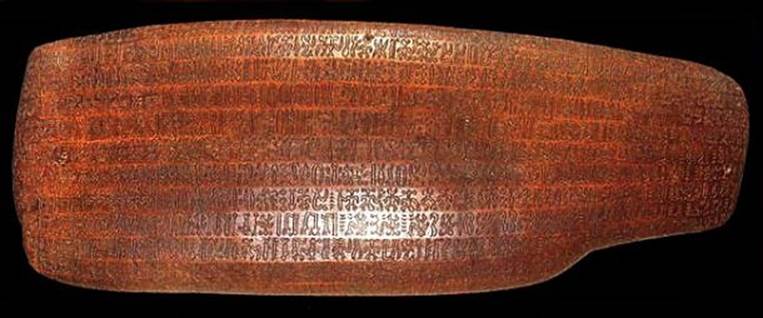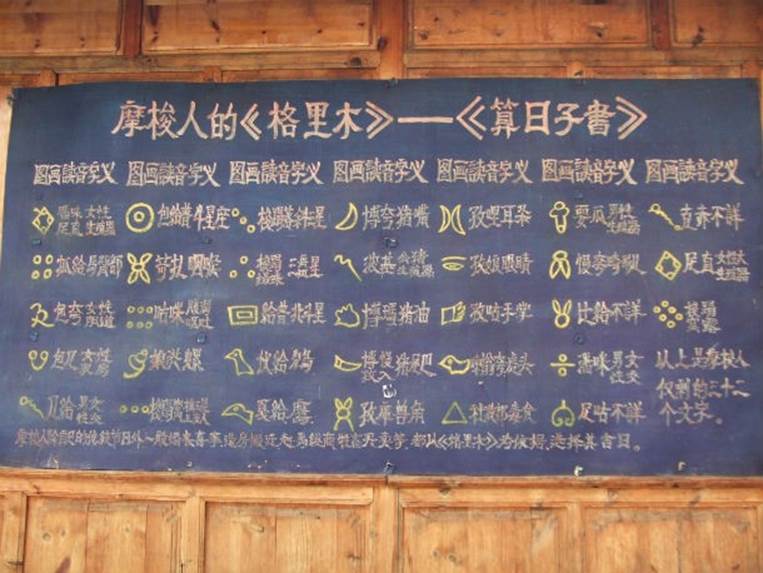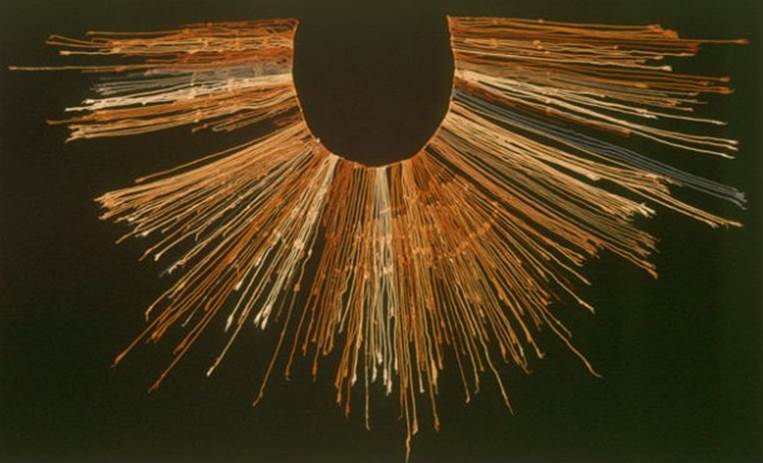UN-DECIPHERED WRITING THAT WE MIGHT NEVER FIGURE OUT
Added on: 10th Aug 2016
THE SINGAPORE STONE

The Singapore Stone is a fragment of a large sandstone slab
that originally stood at the mouth of the Singapore River.
The slab, which is believed to date back to at least the
thirteenth century and possibly as early as the tenth or eleventh
century, bears an un-deciphered inscription. Recent
theories suggest the inscription is either in Old Javanese or
Sanskrit. It is likely that the person who commissioned it
was Sumatran though no scholar can be sure about
anything surrounding the mysterious stone.
RONGORONGO

Rongorongo is a system of glyphs discovered in the
nineteenth century on Easter Island that appears to be writing
or proto-writing. Although some calendrical and what might
prove to be genealogical information has been identified,
not even these glyphs can actually be read.
TUJIA SCRIPT

The Tujia have historically been known as an ethnic minority
(in China) without a written language. However, a succession
of ancient un-deciphered books with glosses presented in
Chinese characters has been found in the Youyang Tujia
habitation straddling the borders of Hunan, Hubei,
Guizhou Province, and Chongqing City.
KHITAN SCRIPTS

The Khitan scripts were the writing systems of the now-extinct
para-Mongolian Khitan language used from the tenth to
twelfth centuries by the Khitan people who established the
Liao dynasty in northeast China. There were two scripts,
large and small. Many experts agree that the scripts have not
been fully deciphered and that more research and further
discoveries are required to proficiently understand them.
ISSYK WRITING

The Issyk inscription is not yet certainly deciphered, and is
probably in a Scythian dialect, constituting one of very
few indigenous epigraphic traces of the language.
THE ALEKANOVO INSCRIPTION

The Alekanovo inscription is a group of un-deciphered characters
found in the fall of 1897 in the Russian village of Alekanovo by
Russian archaeologist Vasily Gorodtsov. The characters were
inscribed on a small clay pot fifteen centimetres high found
at a Slavic burial site. Although the inscription has been
authenticated, we’re not quite sure if this is an organized
writing system people actually used or something else,
perhaps art.
THE QUIPU “WRITING” SYSTEM

Even though there is still much to be learned about the Inca
and their forebears, without a doubt one of the most intriguing
mysteries is their writing system, or the apparent lack thereof.
The quipu “writing” system is the only thing we
inherited from them but have failed to interpret.
MIXTEC WRITING

Mixtec writing is classified as logographic, meaning the
characters and pictures used represent complete words
and ideas instead of syllables or sounds. In Mixtec the
relationships among pictorial elements denote the text’s
meaning, whereas in other Mesoamerican writing the
pictorial representations are not incorporated into the text.
The characters used in Mixtec can be sorted into three types:
pictographic, ideographic, and phonetic. The origin and
accurate interpretation of the Mixtec writing system,
however, remains unknown.
ZAPOTEC WRITING

Rising in the late pre-classic era after the decline of the Olmec
civilization, the Zapotecs of present-day Oaxaca built an
empire around Monte Alban. On a few monuments at this
site archaeologists have found extended text in a glyphic script.
Some signs can be recognized as calendric information but the
script as such remains un-deciphered.

Comment on this